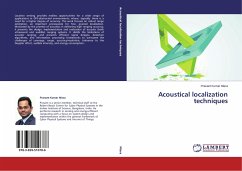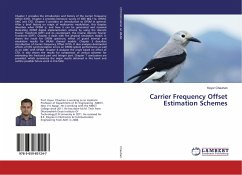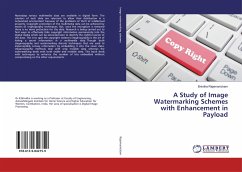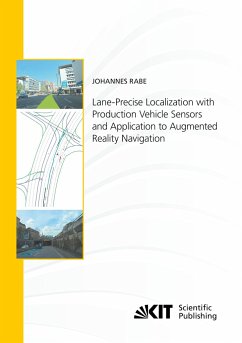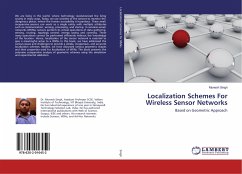
Localization Schemes For Wireless Sensor Networks
Based on Geometric Approach
Versandkostenfrei!
Versandfertig in 6-10 Tagen
37,99 €
inkl. MwSt.

PAYBACK Punkte
19 °P sammeln!
We are living in the world, where technology revolutionized the living society in many ways. Today, we use varieties of the sensors to monitor the dangerous places, where the human accessibility is hazardous. These small, inexpensive sensors can work as a single entity with multiple attributes such as communication, sensing, processing, and storing. In wireless sensor networks (WSNs), sensors perform its critical operations of data gathering, sensing, routing, topology control, energy saving and covering. These many operations cannot be performed efficiently without the knowledge of the locati...
We are living in the world, where technology revolutionized the living society in many ways. Today, we use varieties of the sensors to monitor the dangerous places, where the human accessibility is hazardous. These small, inexpensive sensors can work as a single entity with multiple attributes such as communication, sensing, processing, and storing. In wireless sensor networks (WSNs), sensors perform its critical operations of data gathering, sensing, routing, topology control, energy saving and covering. These many operations cannot be performed efficiently without the knowledge of the location. Hence, localization of the sensor network is essential to give a meaningful sense to a WSNs. In this book, we have addressed the various issues and challenges to provide a simple, inexpensive, and accurate localization schemes. Besides, we have discussed various geometric shapes and their properties used for localization of WSNs. The book presents the extensive comparative analysis of geometric schemes using the simulation and experimental validation.






